Did you know that long before the buzz of computers and smartphones, an ancient civilization was already crunching numbers in ways that would astonish us today? Yes, I’m talking about the brilliant mathematical minds of the ancient Mayans. How did a civilization, thriving from approximately 2000 BCE to 1500 CE, come to understand concepts that wouldn’t be mirrored in European mathematics until centuries later? The Mayans’ intellectual achievements, particularly their invention of the concept of zero and the mystical 260-day Tzolk’in cycle, showcase their unparalleled understanding of mathematics and astronomy1 .
The Mayans were among the first to introduce the concept of zero – a revolutionary idea that transformed mathematics2. This concept wasn’t just a placeholder or an absence of quantity, but a symbol with its own value, fully integrated into their numbering system, which was vigesimal (based on 20). This breakthrough provided the foundation for their complex calendars and astronomical calculations, highlighting their ability to abstract and innovate. The concept of zero allowed them to calculate astronomical events with remarkable accuracy, demonstrating their deep understanding of the cosmos2.
Another testament to their mathematical and astronomical genius is the Tzolk’in, a 260-day cycle woven intricately into the fabric of Mesoamerican life. The Tzolk’in was not just a calendar but a sacred cycle, aligning religious ceremonies, agricultural practices, and societal rituals with the rhythms of the cosmos. This calendar was made up of 20 periods of 13 days, each with its own name and associated god, reflecting the Mayans’ belief in the harmony between the heavens and earthly life. Scholars believe that the 260-day cycle aligns with the human gestation period and the agricultural cycle, underscoring the Mayans’ keen observation of the natural world3.
What makes these contributions truly remarkable is not just their complexity and accuracy, but that they were achieved without the technology and tools available today4. The Mayans developed a sophisticated understanding of time, mathematics, and the cosmos through careful observation and calculation, marking them as one of the most intellectually advanced civilizations of their time.
The legacy of the Mayan civilization invites us to admire and learn from their mathematical ingenuity and their harmonious view of the universe. It challenges us to think beyond our current understanding and to question what we could achieve with the same curiosity and dedication. Let the stars of the ancient Mayans guide your intellectual explorations, for in their light, we find the brilliance of human ingenuity.


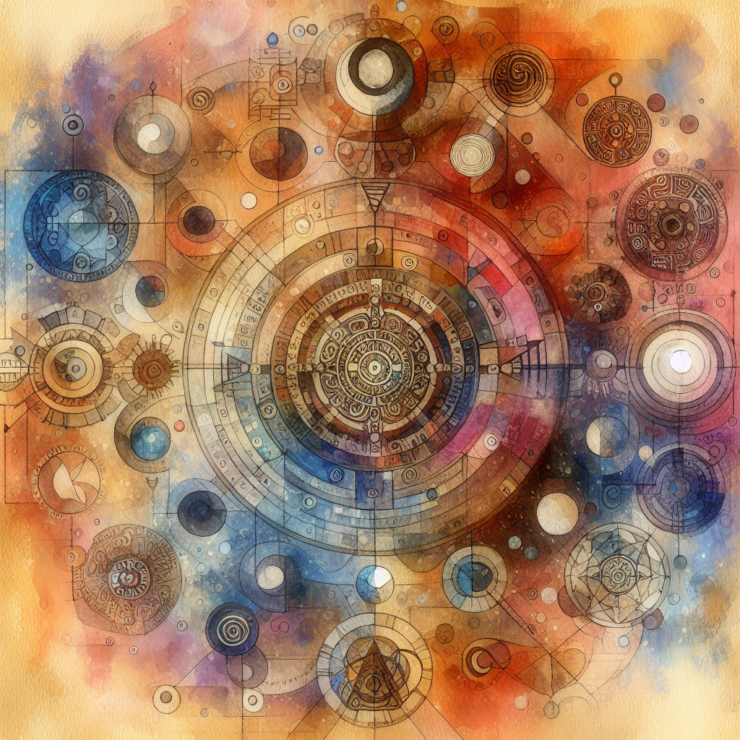
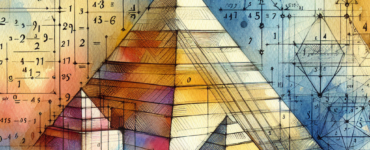
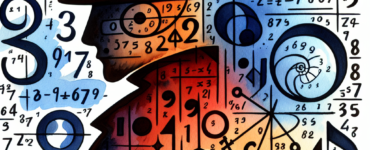
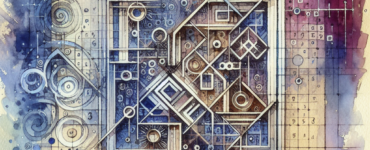
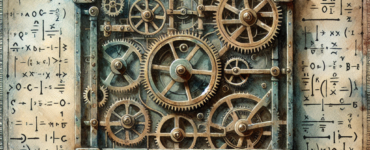
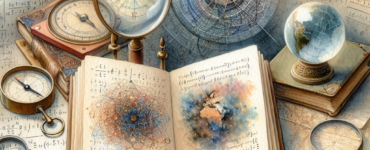
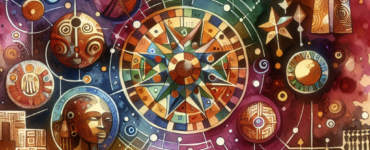






























Add comment